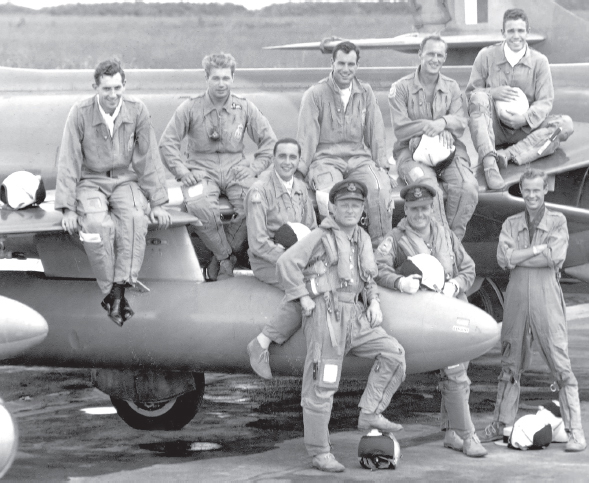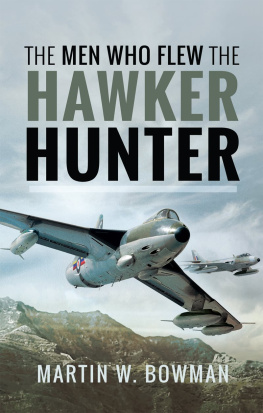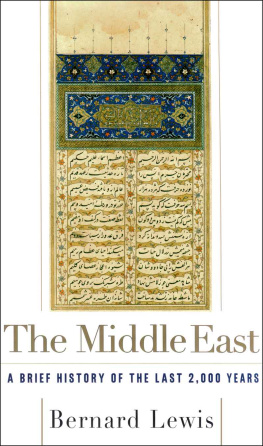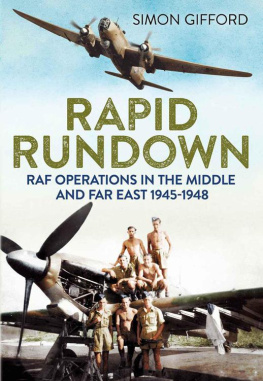Hunters over Arabia

Hunters over Arabia
Front cover: An exquisite photograph depicting a pair of 8 Squadron Hunter FGA.9s, XF440 and XF421, climbing away from the Aden coastline. It was taken by EO Owen Truelove from the right-hand seat of a Hunter T.7 using a camera owned by Nick Adamson, who was flying the two-seat trainer (Nick Adamson).
Back cover: Mal Grosse has gained a reputation over the years for the high quality of his paintings depicting bygone years of aviation and what better way to recognise his artistic talents than to display one on the cover of this book. The pair of 8 Squadron Hunter FGA.9s flying low and fast through the Wadi Hadramaut in the Eastern Aden Protectorate, is one of several of Mals works covering Hunter operations in Aden (Mal Grosse).
Hunters over Arabia
Hawker Hunter Operations in the Middle East
Ray Deacon

First published in Great Britain in 2019 by
PEN & SWORD AVIATION
An imprint of
Pen & Sword Books Ltd
Yorkshire Philadelphia
Copyright Ray Deacon 2019
ISBN 978 1 52672 150 1
eISBN 978 1 52672 151 8
Mobi ISBN 978 1 52672 152 5
The right of Ray Deacon to be identified as Author of this work as been asserted by him in accordance with the Copyright, Designs and Patent Act 1988
A CIP record for this book is available from the British Library
All rights reserved. No part of this book may be reproduced, or transmitted in any form or by any means, electronic, mechanical including photocopying, recording or by any information and retrieval system, without permission from the publisher in writing.
Aura Technology and Software Services, India
Pen & Sword Books Ltd incorporates the imprints of Pen & Sword Aviation, Pen & Sword Maritime, Pen & Sword Military, Wharncliffe Local History, Pen & Sword Select, Pen & Sword Military Classics and Leo Cooper.
For a complete list of Pen & Sword titles please contact
Pen & Sword Books Limited
47 Church Street, Barnsley, South Yorkshire, S70 2AS, England
E-Mail:
Or
PEN AND SWORD BOOKS
1950 Lawrence Rd, Havertown, PA 19083, USA
e-mail:
website: www.penandswordbooks.com
This book is dedicated to the servicemen and women from all three armed services
who served in the Middle East and especially to those who never returned .
Foreword: Group Captain John Jennings DFC
When Colonel Nasser came to power in Egypt in 1954 at the age of 34, he stated that he would do everything in his power to drive the British out of Arabia. Following the Suez Crisis he achieved his aim in respect of Egypt and turned his attention to the wider Arab world. The airwaves were soon filled with anti-British rhetoric and, in the age of the transistor radio, reached the furthest corners of the region. Tribal members were encouraged to rise against those rulers who had friendly or had treaty associations with the British. In the particular case of the Yemen, which had a common border with the Aden Protectorates, Egyptian influence and supply of arms led to the overthrow of the ruling family followed by the presence in 1962 of Egyptian military land and air elements stationed within the country. The direct threat to Aden was starkly apparent.
The tribes on the Aden Protectorate side of the border, which was loosely embraced by the term Radfan, had resorted to banditry and hostage-taking for centuries. Indeed they considered this as their birthright and, when not involved in disputes with each other, resorted to their primary banditry mode. They were easily persuaded by offers of modern rifles and other weapons to take on the Protectorate forces.
The British had recognised the growing threat and had steadily improved the facilities, infrastructure and military units in Aden and, by April 1963, RAF Khormaksar hosted nine squadrons and several flights. It was described as the largest air base in the RAF.
Three of those squadrons were composed of Hunter FGA.Mk.9 fighter ground attack aircraft and they were supported by a reconnaissance flight of Hunter FR.Mk.10s. In short, a very potent force indeed. It is an accepted fact that vehicles of any kind that move at speed in close proximity to the ground will suffer accidents and although the Hunter was a very fine aircraft it suffered mishaps and losses. These are recorded in the appendices and contain the names of twelve fine young men who flew their last flights in this model.
The detail contained in this book is quite remarkable and reflects great credit to the author. A selection of operational missions are listed together with the names of the pilots, identity numbers of the aircraft and, where appropriate, the success or otherwise of the mission. I have no doubt that this book will be a point of reference for future historians researching RAF activity in the years in question.

OC TacWing, Wg Cdr John Jennings (with left foot on his helmet), standing alongside OC 208 Squadron, Sqn Ldr Gordon Lewis and the pilots who flew various formations at a number of locations during the celebrations marking the independence of Zanzibar and Kenya in December 1963.
The photograph was taken at Embakasi Airport and the remaining seven pilots were; (seated on the wing) l to r; Flt Lt A Mumford, Fg Off Pud Slade, Flt Lt Jerry Lee, Flt Lt Dickie Dicken, Fg Off Tim Webb, plus Flt Lt Les Dawson (astride the drop tank) and Fg Off Dave Pack (John Jennings).
Preface
Designed specifically for the role of defending the skies above United Kingdom, the story of the Hawker Hunter, its development, service history and life after retirement has been extensively explored by various authors over the years and it is not the intention of this narrative to replicate in any great detail information that currently exists in the public domain. Up until now, however, very little has been produced on the period in which the Hunter operated with great distinction over the desert plains and high mountains that proliferate in the South Arabian landscape. For it was here in this hot, dusty, hostile environment that this beautifully engineered aircraft established its credentials as a potent ground-attack and reconnaissance fighter. A summary of the Hunters evolution from the role of air defence fighter to one of counter-insurgency is included and will, hopefully, prove of value to those less familiar with the aircrafts background.
Aden had been a well known hotbed of dissident revolt for many years, inter-tribal feuding dating back to the Middle ages being a major reason for the troubles. Warring factions were continually being separated by locally-sourced Arab armies, supported by the British Army and an air force equipped with obsolescent fighters and bombers. By the late 1950s, egged-on by a jubilant post-Suez Egyptian general called Nasser, the perpetrators began to turn their focus on the British garrison, taking every opportunity to attack Army convoys, patrols and guard posts. Such a situation could not be allowed to fester too long.
One of the biggest challenges facing the British government during that period was to ensure that its military forces were supplied with the right equipment with which to manage an ever deteriorating security situation in Aden State, while maintaining law and order across a swathe of Southern Arabia. A bigger stick was needed to contain rebellious tribesmen!















